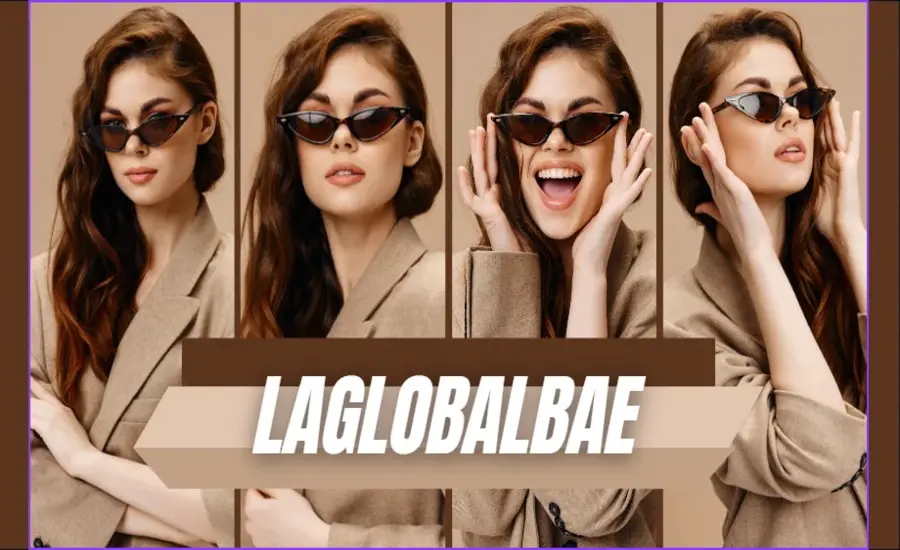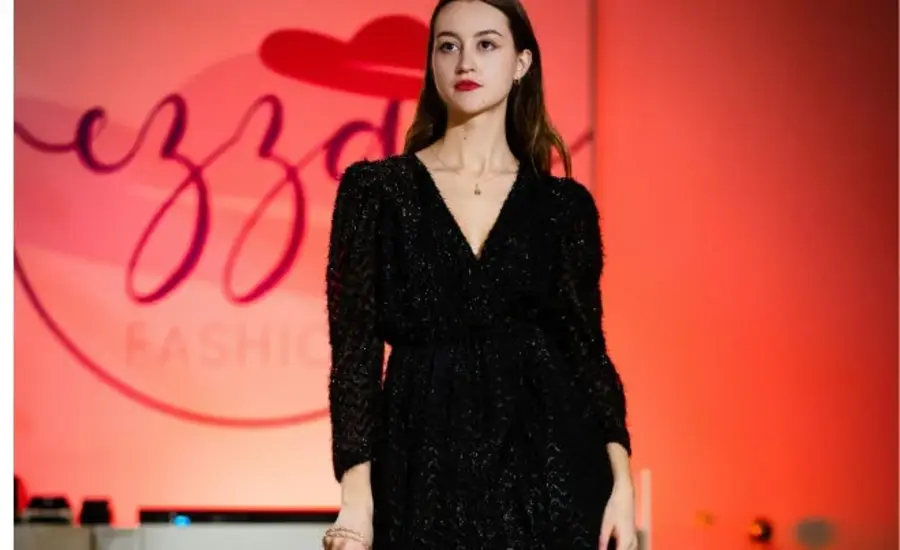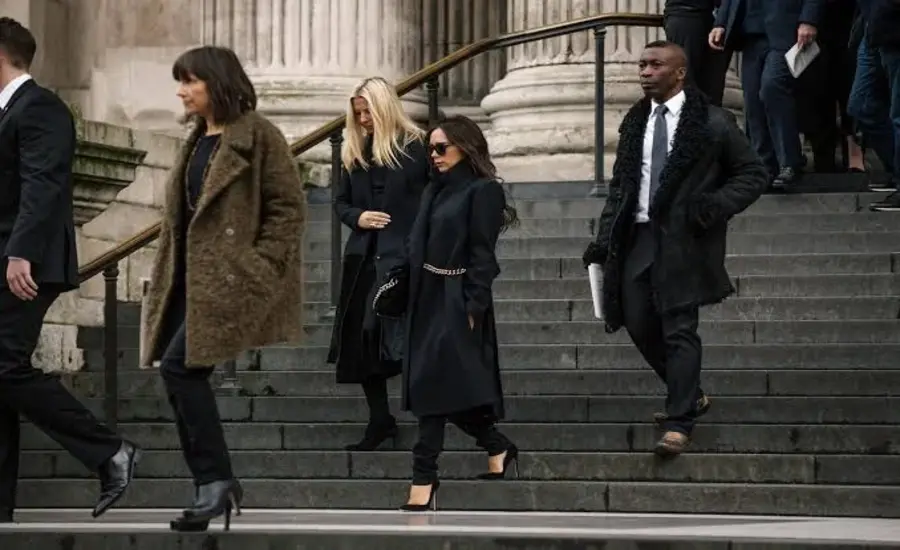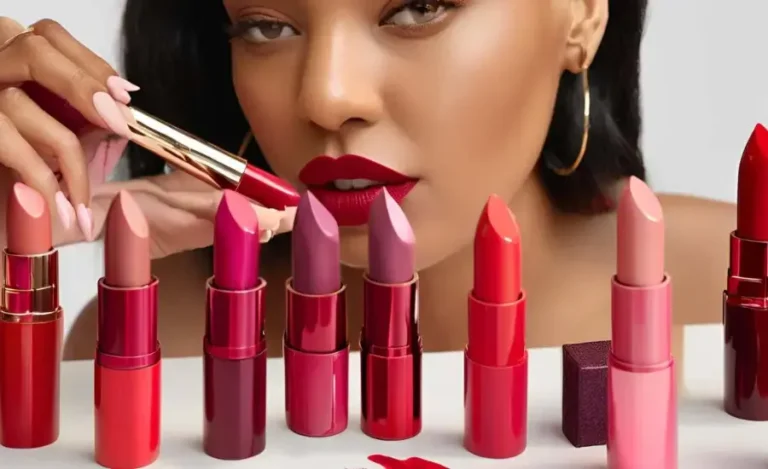Laglobalbae: Your Ultimate Guide to Global Fashion
Introduction to Global Fashion
Fashion is a dynamic tapestry woven from diverse cultures, traditions, and histories. As globalization continues to shrink the world, the exchange of ideas, aesthetics, and styles has become more pronounced. The term “global fashion” encompasses a broad spectrum of influences and trends that transcend geographic boundaries, creating a rich and vibrant marketplace of clothing, accessories, and expressions. This guide aims to explore the multifaceted world of global fashion, focusing on the various regions that contribute to its richness and the key elements that define contemporary styles.
Global fashion is not merely about the garments themselves; it is also a reflection of societal changes, technological advancements, and cultural movements. The way people dress often tells a story, reflecting their identity, values, and aspirations. From the runways of Paris to the street styles of Tokyo, each city offers a unique perspective that enriches the global fashion narrative.
Historical Context of Fashion
To truly appreciate the landscape of global fashion today, one must understand its historical context. Fashion has evolved significantly over the centuries, influenced by various factors such as politics, technology, and social movements. For instance, the Industrial Revolution in the 18th and 19th centuries marked a pivotal shift in fashion production. The advent of machinery allowed for mass production, making clothing more accessible to the general populace. This democratization of fashion enabled individuals from various socioeconomic backgrounds to express themselves through clothing, a trend that continues to this day.
The 20th century witnessed the rise of distinct fashion movements, each reflecting the zeitgeist of its time. The Roaring Twenties brought about a shift toward modernity, with flapper dresses symbolizing women’s liberation. The mid-century saw the emergence of iconic designers like Christian Dior, whose “New Look” redefined femininity. The late 20th century and early 21st century ushered in an era of rapid change, with streetwear and athleisure becoming mainstream, showcasing a departure from traditional norms.
Today, global fashion continues to evolve, influenced by the rise of digital media, social platforms, and a growing emphasis on sustainability. As fashion enthusiasts turn to platforms like Instagram and TikTok for inspiration, trends can emerge overnight, reaching audiences worldwide in a matter of clicks. This interconnectedness allows for a constant exchange of ideas and styles, creating a global dialogue that enriches the fashion landscape.

Regional Influences on Global Fashion
Fashion is a reflection of culture, and each region of the world has its unique contributions to the global fashion scene. By exploring various geographic areas, we can better understand the rich diversity and interconnectivity that define global fashion today.
North America
North America is a melting pot of styles and influences, with fashion hubs such as New York City and Los Angeles leading the charge. New York Fashion Week, one of the most prestigious fashion events in the world, showcases a mix of high fashion and streetwear. Designers like Ralph Lauren and Calvin Klein have set the tone for American style, emphasizing a blend of classic elegance and contemporary flair.
Los Angeles, on the other hand, is synonymous with a laid-back, casual style that mirrors the city’s culture. The influence of Hollywood is undeniable, with celebrities often dictating trends that are quickly adopted by the masses. The rise of streetwear has also made a significant impact, with brands like Supreme and Off-White gaining international acclaim.
Europe
Europe has long been the epicenter of fashion, with cities like Paris, Milan, and London at the forefront. Paris, known for its haute couture, boasts legendary designers such as Coco Chanel, Yves Saint Laurent, and more recently, brands like Balenciaga and Givenchy. The French aesthetic often embodies sophistication and elegance, with an emphasis on timeless pieces that transcend seasons.
Milan is the heart of Italian fashion, known for its luxury brands such as Gucci, Prada, and Versace. Italian fashion is synonymous with opulence, craftsmanship, and bold design, often reflecting the country’s rich cultural heritage. Milan Fashion Week showcases the latest trends, drawing fashion enthusiasts from around the globe.
London, with its eclectic street style, offers a counterbalance to the more traditional European fashion capitals. Designers like Alexander McQueen and Vivienne Westwood have pushed boundaries, blending avant-garde designs with classic British tailoring. The city’s diverse population contributes to a vibrant fashion scene that celebrates individuality and self-expression.
Asia
Asia is a vast continent with a rich tapestry of fashion influences. Countries like Japan, South Korea, and India have made significant contributions to the global fashion landscape. Tokyo, known for its avant-garde styles and street fashion, showcases a blend of traditional and contemporary influences. Designers like Issey Miyake and Rei Kawakubo have garnered international recognition for their innovative designs that challenge conventional norms.
South Korea has emerged as a fashion powerhouse in recent years, with Seoul Fashion Week gaining prominence. The rise of K-Pop has further propelled Korean fashion into the global spotlight, with idols setting trends that resonate with fans worldwide. The emphasis on youth culture and experimentation has led to a vibrant fashion scene that celebrates bold colors and unique silhouettes.
India, with its rich textile heritage and traditional craftsmanship, has also made its mark on global fashion. Designers like Sabyasachi Mukherjee and Manish Malhotra have gained recognition for their intricate designs and luxurious fabrics, often drawing inspiration from India’s diverse cultural heritage. The fusion of traditional Indian attire with contemporary silhouettes has resulted in a unique aesthetic that appeals to both local and international markets.
Africa
Africa’s fashion scene is as diverse as its cultures, with each region contributing unique styles and aesthetics. Countries like Nigeria, South Africa, and Kenya have gained international recognition for their vibrant fashion scenes. Lagos, often referred to as the fashion capital of Africa, showcases a blend of traditional and contemporary designs. The rise of designers like Deola Sagoe and Tiffany Amber has highlighted the importance of storytelling through fashion, with collections often reflecting cultural narratives and social issues.
South Africa, with its rich textile industry, has produced designers like David Tlale and Laduma Ngxokolo, known for their innovative use of local materials and traditional techniques. The South African fashion scene often incorporates elements of street style, celebrating individuality and self-expression.
Kenya’s fashion landscape is also gaining attention, with designers like Ann McCreath and Kiko Romeo showcasing the country’s rich textile heritage. The incorporation of traditional fabrics, such as kanga and kikoy, into contemporary designs has created a unique aesthetic that resonates with both local and international audiences.

Sustainability in Global Fashion
As the fashion industry continues to grow, so too does its impact on the environment. The rise of fast fashion has led to concerns about sustainability and ethical practices. Consumers are becoming increasingly aware of the environmental and social implications of their clothing choices, prompting a shift toward more sustainable practices in the industry.
Sustainable fashion encompasses a range of practices, including the use of eco-friendly materials, ethical production methods, and a focus on reducing waste. Brands like Stella McCartney and Eileen Fisher have led the charge in promoting sustainable practices, emphasizing the importance of transparency in the supply chain.
Additionally, the rise of second-hand shopping and clothing swaps reflects a growing trend toward circular fashion, where garments are reused and repurposed rather than discarded. This shift not only reduces waste but also promotes a more sustainable approach to consumption.
The Role of Technology in Fashion
Technology has transformed the fashion industry in myriad ways, from production processes to consumer engagement. The rise of e-commerce has revolutionized the way people shop, allowing for global access to brands and styles. Online platforms like ASOS, Zara, and Amazon have made it easier for consumers to discover and purchase fashion from around the world.
Social media plays a significant role in shaping trends and influencing consumer behavior. Platforms like Instagram and TikTok have become vital tools for brands to connect with their audiences, showcasing their collections and engaging with fashion enthusiasts. Influencers and content creators have gained immense power, often dictating trends and driving consumer purchases.
Technological advancements have also influenced production methods, with innovations such as 3D printing and digital design changing the way garments are created. These technologies allow for greater customization and efficiency, enabling designers to bring their visions to life in new and exciting ways.
Fashion Icons and Influencers
Throughout history, fashion icons and influencers have played a significant role in shaping global fashion. These individuals not only set trends but also challenge norms and inspire others to express themselves through style. Figures like Audrey Hepburn, Princess Diana, and Rihanna have left an indelible mark on the fashion world, each embodying unique aesthetics that resonate with audiences across generations.
Audrey Hepburn
Audrey Hepburn’s timeless elegance continues to inspire fashion enthusiasts today. Known for her iconic roles in films like “Breakfast at Tiffany’s” and “Roman Holiday,” Hepburn’s style was characterized by classic silhouettes, minimalistic designs, and a penchant for chic accessories. Her partnership with designer Hubert de Givenchy resulted in some of the most memorable looks in cinematic history, solidifying her status as a fashion icon.
Princess Diana
Princess Diana’s style evolution reflected her journey as a public figure. From her early days as a shy, young royal to her transformation into a fashion icon, Diana’s wardrobe choices were often bold and daring. Her collaborations with designers like Catherine Walker and Versace showcased a blend of sophistication and modernity, making her a trendsetter and a source of inspiration for many.
Rihanna
Rihanna has redefined the role of a celebrity in the fashion industry. As a singer, actress, and entrepreneur, she has launched successful fashion lines, including Fenty Beauty and Savage X Fenty. Rihanna’s fearless approach to fashion, characterized by her willingness to experiment with different styles and aesthetics, has solidified her status as a global fashion icon. Her influence extends beyond clothing, as she advocates for inclusivity and diversity in the industry.

The Future of Global Fashion
The future of global fashion is poised for continued evolution, shaped by technological advancements, changing consumer preferences, and a growing emphasis on sustainability. As the industry adapts to the demands of the modern world, we can expect to see new trends emerge, driven by creativity, innovation, and cultural exchange.
Key Trends to Watch
- Sustainable Practices: The push for sustainability will continue to gain momentum, with brands adopting eco-friendly materials and ethical production methods.
- Diversity and Inclusivity: The industry will increasingly focus on representation, showcasing diverse models and embracing various body types and cultural backgrounds.
- Digital Innovation: The integration of technology will expand, with virtual fashion shows, augmented reality shopping experiences, and personalized online shopping becoming more commonplace.
- Streetwear Influence: The rise of streetwear will continue to impact high fashion, with casual styles becoming more prevalent in formal settings.
Conclusion
Laglobalbae represents a celebration of global fashion, encompassing the diverse influences, trends, and cultures that shape our understanding of style today. As we navigate the ever-evolving landscape of fashion, it is essential to embrace the richness of this global dialogue, recognizing the power of clothing as a form of self-expression and cultural exchange. By understanding the historical context, regional influences, and key players in the industry, we can appreciate the beauty and complexity of global fashion, allowing it to inspire and empower individuals worldwide.






